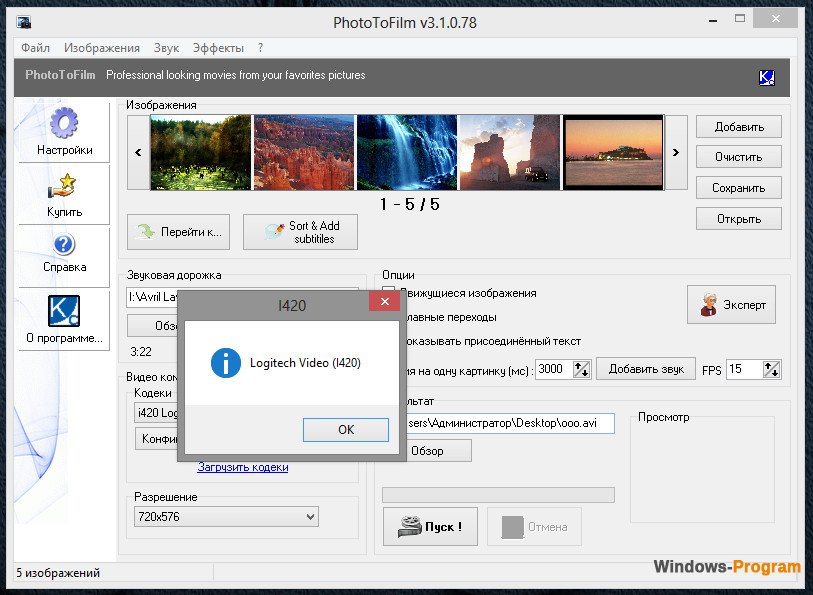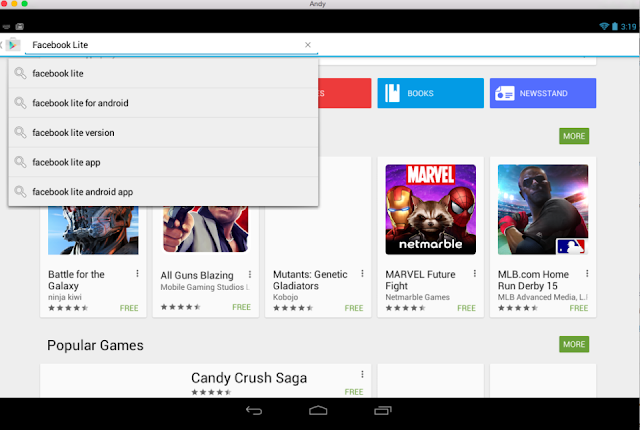


This article aims to increase the awareness among radiologists regarding DICOM and other image file formats encountered in clinical practice. Knowledge about these formats and their attributes, such as image resolution, image compression, and image metadata, helps the radiologist in optimizing the archival, organization, and display of images. Each format has its own unique advantages and disadvantages, which must be taken into consideration when images are archived, used in teaching files, or submitted for publication. In addition to the DICOM format, the radiologist routinely encounters images of several file formats such as JPEG, TIFF, GIF, and PNG. In the interest of patient confidentiality, all information that can be used to identify the patient should be removed before DICOM images are transmitted over a network for educational or other purposes. By extracting data from these tags one can access important information regarding the patient demographics, study parameters, etc. The information within the header is organized as a constant and standardized series of tags.

A DICOM file consists of a header and image data sets packed into a single file. Image files that are compliant with part 10 of the DICOM standard are generally referred to as “DICOM format files” or simply “DICOM files” and are represented as “.dcm.” DICOM differs from other image formats in that it groups information into data sets. All modalities in radiology practice have become digital, and therefore deal with DICOM images.


 0 kommentar(er)
0 kommentar(er)
